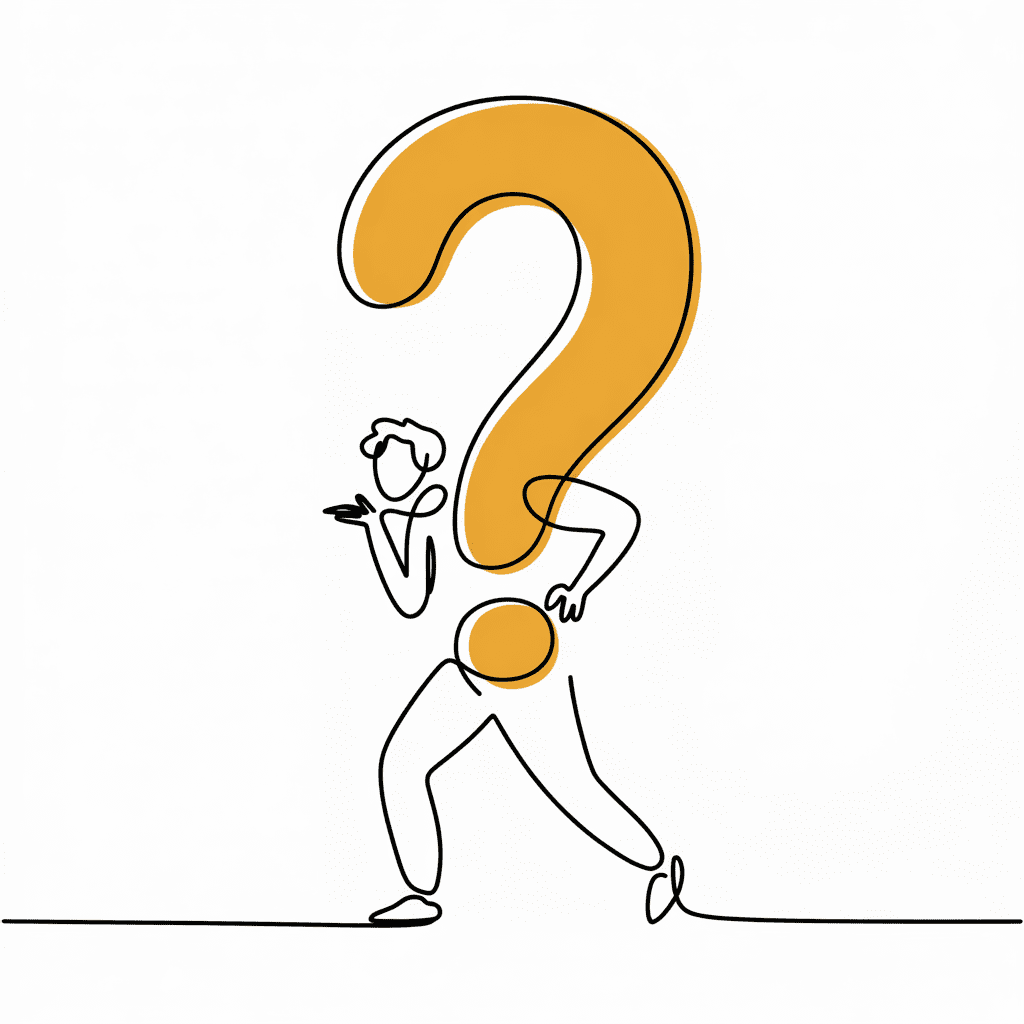Humor has always found its way into therapy rooms. Sometimes it’s a bridge, sometimes a shield, sometimes a lifeline. The question isn’t whether humor belongs—it does. The question is how to use it in ways that deepen the work, rather than distract from it.
As someone who has both sat in the client’s chair and created tools for therapists, I’ve seen humor play out on both sides. Used carefully, it can validate, protect, and help clients breathe. Used carelessly, it can minimize or deflect. Here are eight ways to think about humor as a therapeutic tool.
1. Notice Who It’s For
Every joke has an audience. Is this moment of humor soothing your own tension, or amplifying the client’s voice? Neither is inherently wrong—but knowing the “who” shifts how you respond. Sometimes a client’s laughter is their truth slipping through sideways.

2. Match the Depth, Not Just the Mood
Humor is most powerful when it acknowledges the layers beneath it. A client may laugh in the middle of grief—not because it’s funny, but because the intensity is unbearable. Matching the depth of that moment matters more than matching the surface energy.

3. Use Humor as Validation, Not Distraction
Humor doesn’t have to mean avoiding pain. In fact, it can highlight absurdity in a way that validates clients. When a therapist points out the ridiculousness of a toxic parent’s expectations or a workplace double bind, it can feel protective. The laughter says: you’re not wrong for struggling—this really is absurd.

4. Let Clients Lead the Way
Clients’ humor can be a shield, a survival strategy, or pure relief. Follow it gently. Name both the laughter and the pain it may be covering, without stripping away their coping mechanism. Sometimes humor is the safest entry point to what feels unspeakable.

5. Play With the Frame, Not the Person
Humor directed at the client can feel shaming. Humor that exposes the contradictions in systems, families, or social expectations can feel liberating. It takes the weight off the client’s shoulders and says: the world is complex—you’re not the problem.

6. Humor as a Regulator
A moment of shared laughter can ease overwhelming heaviness. It doesn’t erase the pain—it creates breathing room, making it possible to stay in the work. This kind of humor regulates, not avoids.

7. When Humor Misses, Stay With It
Not every joke lands. The worst mistake is to brush past it or try to erase it. Instead, use the moment: “That might have felt sharp—what was it like to hear?” Even missed humor can be a doorway into the therapeutic relationship itself.

8. Remember Humor as Connection
At its best, humor is simply connection in a different form. It reminds clients that therapy isn’t only about pain—it’s about being human together. Sometimes a small, well-timed smile is as healing as the deepest interpretation.

Closing Thought
Humor is not a trick to lighten the mood. It’s a language—sometimes protective, sometimes connecting, sometimes brave. Learning to use it thoughtfully is part of learning to sit with the full range of human experience in the therapy room.
A Gentle Tool for Connection
Just like humor, creative prompts can help therapy feel more human and less intimidating. OK2Feel’s therapy cards offer grounding, imaginative ways for clients to open up without pressure. They’re not about “doing therapy right”—they’re about making space for voices, feelings, and even laughter.



